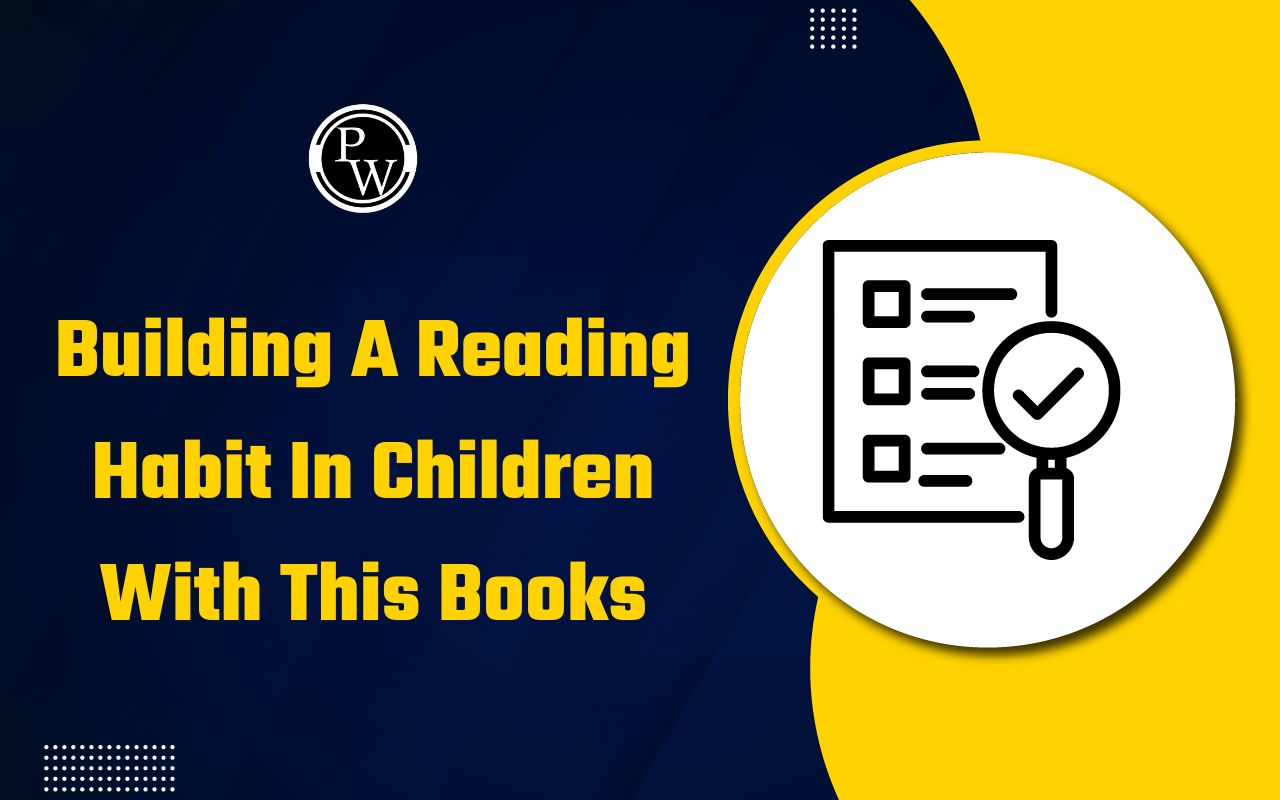NCERT Solutions for Class 10 Maths Chapter 12 Surface Areas And Volumes Ex 12.2

NCERT Solutions for Class 10 Maths Chapter 12 Surface Areas And Volumes Ex 12.2:- Class 10 is an important year for students as they get ready for their board exams. Maths needs regular practice to build a strong understanding of concepts. Chapter 12, Surface Areas and Volumes, helps students learn how to find the area and volume of different 3D shapes. Exercise 12.2 focuses on problems related to cylinders, hollow cylinders, and frustums, which are commonly seen in real life. NCERT Solutions for this exercise provide clear, step-by-step explanations, making it easier for students to solve problems and prepare well for their exams. Check out the Class 10 Maths Chapter 12 questions and answers below.
Check Out: CBSE Class 10th Books
NCERT Solutions for Class 10 Maths Chapter 12 Surface Areas And Volumes Ex 12.2
Go through the Class 10 Maths Chapter 12 ncert solutions below:-
1. A solid is in the shape of a cone standing on a hemisphere, with both their radii being equal to 1 cm and the height of the cone being equal to its radius. Find the volume of the solid in terms of π.
Solution:
Here r = 1 cm and h = 1 cm. The diagram is as follows.Now, Volume of solid = Volume of conical part + Volume of hemispherical part We know the volume of cone = ⅓ πr 2 h And, The volume of the hemisphere = ⅔πr 3 So, the volume of the solid will be
= π cm 3
2. Rachel, an engineering student, was asked to make a model shaped like a cylinder with two cones attached at its two ends by using a thin aluminium sheet. The diameter of the model is 3 cm, and its length is 12 cm. If each cone has a height of 2 cm, find the volume of air contained in the model that Rachel made. (Assume the outer and inner dimensions of the model are nearly the same.)
Solution: Given, Height of cylinder = 12–4 = 8 cm Radius = 1.5 cm Height of cone = 2 cm Now, the total volume of the air contained will be = Volume of cylinder+2×(Volume of the cone) ∴ Total volume = πr 2 h+[2×(⅓ πr 2 h )] = 18 π+2(1.5 π) = 66 cm 3 .
Check Out: CBSE Class 10th Sample Papers
3. A gulab jamun contains sugar syrup up to about 30% of its volume. Find approximately how much syrup would be found in 45 gulab jamuns, each shaped like a cylinder with two hemispherical ends with a length of 5 cm and a diameter of 2.8 cm (see figure).
Solution:
It is known that the gulab jamuns are similar to a cylinder with two hemispherical ends. So, the total height of a gulab jamun = 5 cm. Diameter = 2.8 cm So, radius = 1.4 cm ∴ The height of the cylindrical part = 5 cm–(1.4+1.4) cm =2.2 cm Now, the total volume of one gulab jamun = Volume of cylinder + Volume of two hemispheres = πr 2 h+(4/3)πr 3 = 4.312π+(10.976/3) π = 25.05 cm 3 We know that the volume of sugar syrup = 30% of the total volume So, the volume of sugar syrup in 45 gulab jamuns = 45×30%(25.05 cm 3 ) = 45×7.515 = 338.184 cm 3
4. A pen stand made of wood is in the shape of a cuboid with four conical depressions to hold pens. The dimensions of the cuboid are 15 cm by 10 cm by 3.5 cm. The radius of each of the depressions is 0.5 cm, and the depth is 1.4 cm. Find the volume of wood in the entire stand (see Fig.).
Solution:
The volume of the cuboid = length x width x height We know the cuboid’s dimensions as 15 cmx10 cmx3.5 cm So, the volume of the cuboid = 15x10x3.5 = 525 cm 3 Here, depressions are like cones, and we know, Volume of cone = (⅓)πr 2 h Given, radius (r) = 0.5 cm and depth (h) = 1.4 cm ∴ Volume of 4 cones = 4x(⅓)πr 2 h = 1.46 cm 2 Now, the volume of wood = Volume of the cuboid – 4 x volume of the cone = 525-1.46 = 523.54 cm 2
5. A vessel is in the form of an inverted cone. Its height is 8 cm and the radius of its top, which is open, is 5 cm. It is filled with water up to the brim. When lead shots, each of which is a sphere of radius 0.5 cm, are dropped into the vessel, one-fourth of the water flows out. Find the number of lead shots dropped in the vessel.
Solution: For the cone, Radius = 5 cm, Height = 8 cm Also, Radius of sphere = 0.5 cm The diagram will be likeIt is known that, The volume of cone = volume of water in the cone = ⅓πr 2 h = (200/3)π cm 3 Now, Total volume of water overflown= (¼)×(200/3) π =(50/3)π The volume of lead shot = (4/3)πr 3 = (1/6) π Now, The number of lead shots = Total volume of water overflown/Volume of lead shot = (50/3)π/(⅙)π = (50/3)×6 = 100
6. A solid iron pole consists of a cylinder of height 220 cm and base diameter 24 cm, which is surmounted by another cylinder of height 60 cm and radius 8 cm. Find the mass of the pole, given that 1 cm 3 of iron has approximately 8 g mass.
Solution: Given the height of the big cylinder (H) = 220 cm The radius of the base (R) = 24/2 = 12 cm So, the volume of the big cylinder = πR 2 H = π(12) 2 × 220 cm 3 = 99565.8 cm 3 Now, the height of the smaller cylinder (h) = 60 cm The radius of the base (r) = 8 cm So, the volume of the smaller cylinder = πr 2 h = π(8) 2 ×60 cm 3 = 12068.5 cm 3 ∴ The volume of iron = Volume of the big cylinder+ Volume of the small cylinder = 99565.8 + 12068.5 =111634.5 cm 3 We know, Mass = Density x volume So, the mass of the pole = 8×111634.5 = 893 Kg (approx.)
7. A solid consisting of a right circular cone of height 120 cm and radius 60 cm standing on a hemisphere of radius 60 cm is placed upright in a right circular cylinder full of water such that it touches the bottom. Find the volume of water left in the cylinder if the radius of the cylinder is 60 cm and its height is 180 cm.
Solution:
Here, the volume of water left will be = Volume of the cylinder – Volume of solid Given, Radius of cone = 60 cm, Height of cone = 120 cm Radius of cylinder = 60 cm Height of cylinder = 180 cm Radius of hemisphere = 60 cm Now, The total volume of solid = Volume of Cone + Volume of the hemisphere Volume of cone = 1/3πr 2 h = 1/3 × π×60 2 ×120cm 3 = 144×10 3 π cm 3 Volume of hemisphere = (⅔)×π×60 3 cm 3 = 144×10 3 π cm 3 So, total volume of solid = 144×10 3 π cm 3 + 144×10 3 π cm 3 = 288 ×10 3 π cm 3 Volume of cylinder = π×60 2 ×180 = 648000 = 648×10 3 π cm 3 Now, the volume of water left will be = Volume of the cylinder – Volume of solid = (648-288) × 10 3 ×π = 1.131 m 3
Check Out: CBSE Class 10th Question Banks
8. A spherical glass vessel has a cylindrical neck 8 cm long and 2 cm in diameter; the diameter of the spherical part is 8.5 cm. By measuring the amount of water it holds, a child finds its volume to be 345 cm 3 . Check whether she is correct, taking the above as the inside measurements and π = 3.14.
Solution: Given, For the cylinder part, Height (h) = 8 cm and Radius (R) = (2/2) cm = 1 cm For the spherical part, Radius (r) = (8.5/2) = 4.25 cm
Now, volume of this vessel = Volume of cylinder + Volume of sphere = π×(1) 2 ×8+(4/3)π(4.25) 3 = 346.51 cm 3 Hence, the child’s calculation is not correct.
Class 10 Maths Chapter 12 Surface Areas And Volumes Ex 12.2 Summary
-
Focus on 3D Shapes: This exercise deals with problems related to cylinders, hollow cylinders, and frustums, which are commonly seen in real life.
-
Volume of a Cylinder: The space occupied by a cylinder is calculated using the formula:
where r is the radius and h is the height of the cylinder.
-
Hollow Cylinder: A hollow cylinder, like a pipe, has an outer and inner radius. The volume is given by:
where r2 is the outer radius, r1 is the inner radius, and h is the height.
-
Frustum of a Cone: A frustum is formed when a cone is cut parallel to its base. Its volume is calculated using:
where r1 and r2r are the radii of the two circular faces and h is the height.
-
Surface Area Calculations: Problems may also involve curved surface area and total surface area of these shapes.
-
Unit Conversions: Many questions require converting volume from cm³ to litres using the relation:
-
Real-Life Applications: The exercise includes practical problems involving water tanks, pipes, containers, and glasses, helping students understand the real-world use of these formulas.
-
Board Exam Importance: These concepts are crucial for CBSE Class 10 board exams, and mastering them helps in solving practical and theoretical questions efficiently.
Check Out: CBSE Class 10th Revision Books
Frequently Asked Questions - FAQs
1. What is a hollow cylinder?
A hollow cylinder is a cylinder with an inner and outer radius, like a pipe or a tube.
2. What is a frustum?
A frustum is formed when a cone is cut parallel to its base, creating two circular ends of different radii.
3. Why are unit conversions important in this exercise?
Many questions require converting volume from cm³ to litres, using the relation 1 litre = 1000 cm³.
4. Where do we see cylinders and frustums in real life?
Examples include water tanks, pipes, buckets, glasses, and oil cans.
5. How can I solve these problems faster?
Memorise the formulas, practice unit conversions, and break problems into smaller steps for better understanding











